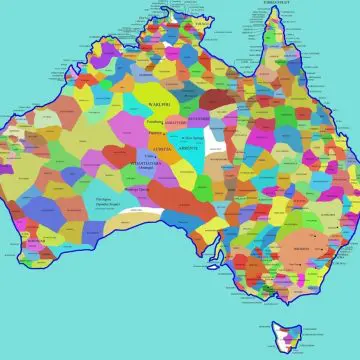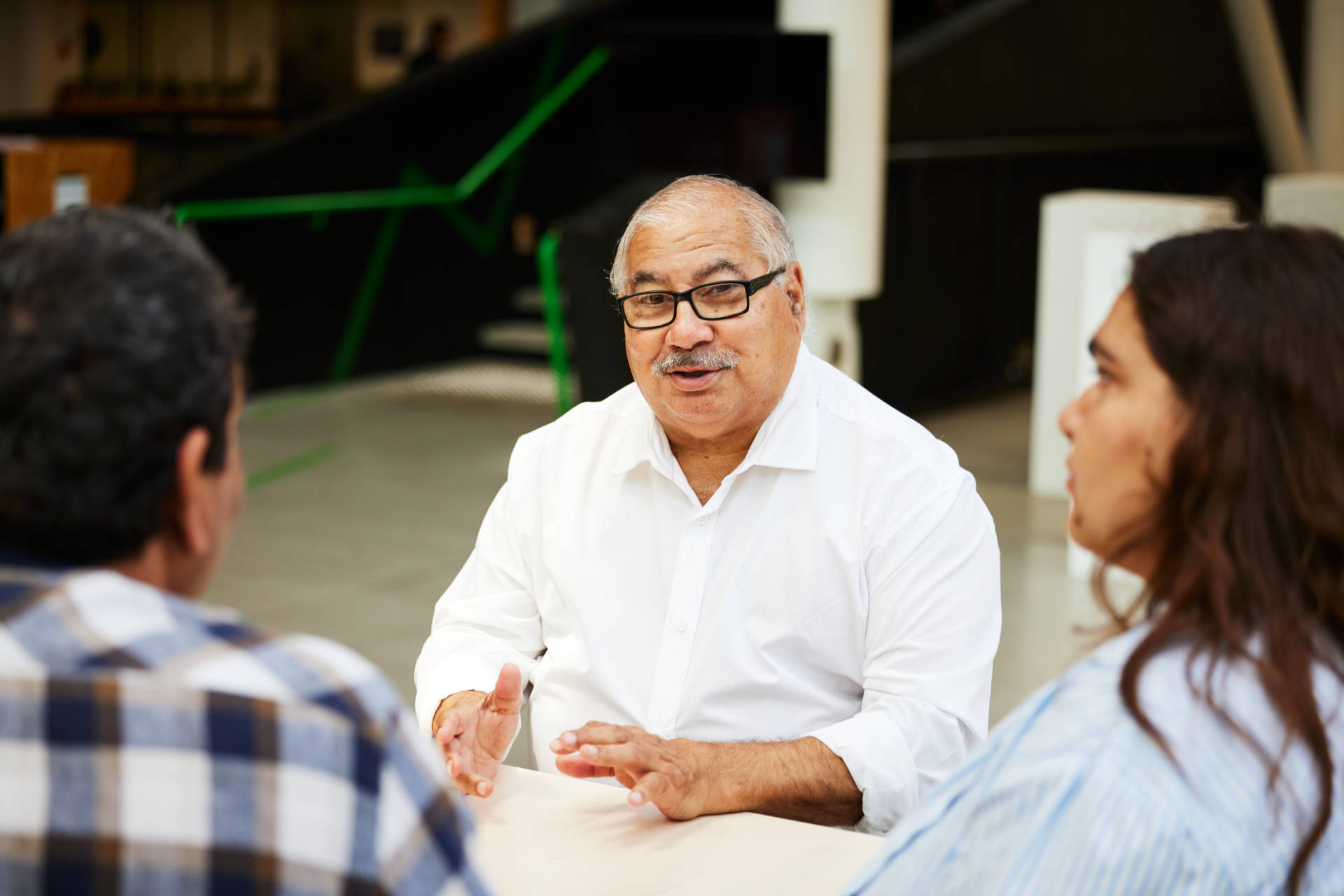The latest Closing the Gap release shows progress on Indigenous Language programs was missing due to a lack of data on language revitalisation.
Ngarigu woman Jakelin Troy is the University of Sydney’s Director of Aboriginal and Torres Strait Islander Research.
She says there hasn’t been a consistent commitment from governments to document and review the long term success of language projects.
“There are lots of other efforts by communities that are individual projects,” she says.
“But it’s not constantly funded, it’s (usually) driven by one or two people, and by community engagement as people kind of can find the time to do it.
So part of the problem is…consistency of funding, consistency of effort.
And then looking at actually what each of these projects are doing, and have been doing, some of them for many decades.”
Professor Troy says it’s time governments boost their funding commitments.
“So I think it’s time that governments really did continue to increase spending on Indigenous language programs, but also to support communities to provide information more broadly, about how the programs are helping keep our languages strong.”
Currently language funding comes mostly from short term grants. Professor Troy says it can be hard to keep programs going along when communities have to reapply for projects every three years or so.
“They can give communities a way to do something small, but it doesn’t give them enough money to really keep meeting and talking and building a language program, which is what really needs to happen in order to support languages.
And then how do we report on these grants, quite often, the reporting is pretty basic. And it just goes into the government department or into the fund providers.
And it doesn’t get reported more broadly.
So I think it would be really good to have a kind of consistent way of looking at what language projects and language centres across Australia doing and supporting languages to keep going and to thrive.”
Successful language programs also have the capacity to address other key targets in Closing the Gap.
Professor Troy says on top of the economic benefit of incorporating language descriptions for tourism attractions, and employment opportunities through language teaching, programs can help young people stay engaged
“If languages are used in schools and the children from those language groups usually become much more engaged in school overall in all the curriculum areas in the school not just in learning their own language, so because they feel like the school is a place for them, it’s about them, their language, their community.
This is actually also well demonstrated, including through the National indigenous language survey report.
“Even if you just speak a few words of your own language it feels better. I know for myself it makes me feel like a different person.
I feel like I am Ngarigu and then doing speaking Ngarigu on Ngarigu country is a way of affirming myself and my community.
I feel better, my health is better, I feel more like I can engage in everything around me and this is how it is for Aboriginal people across Australia.”





